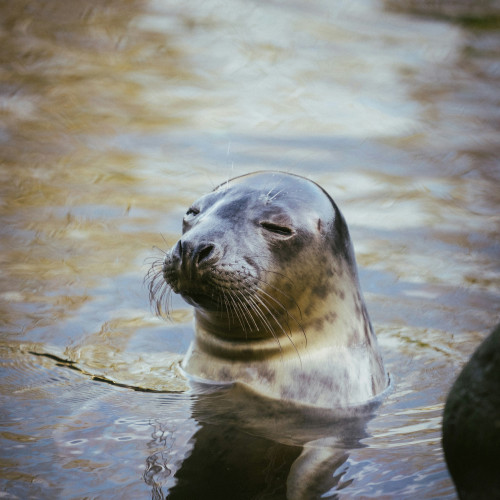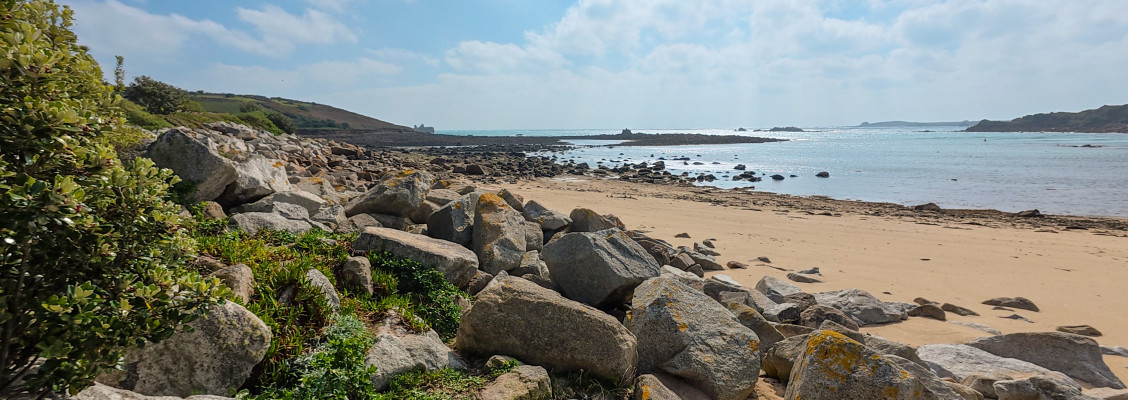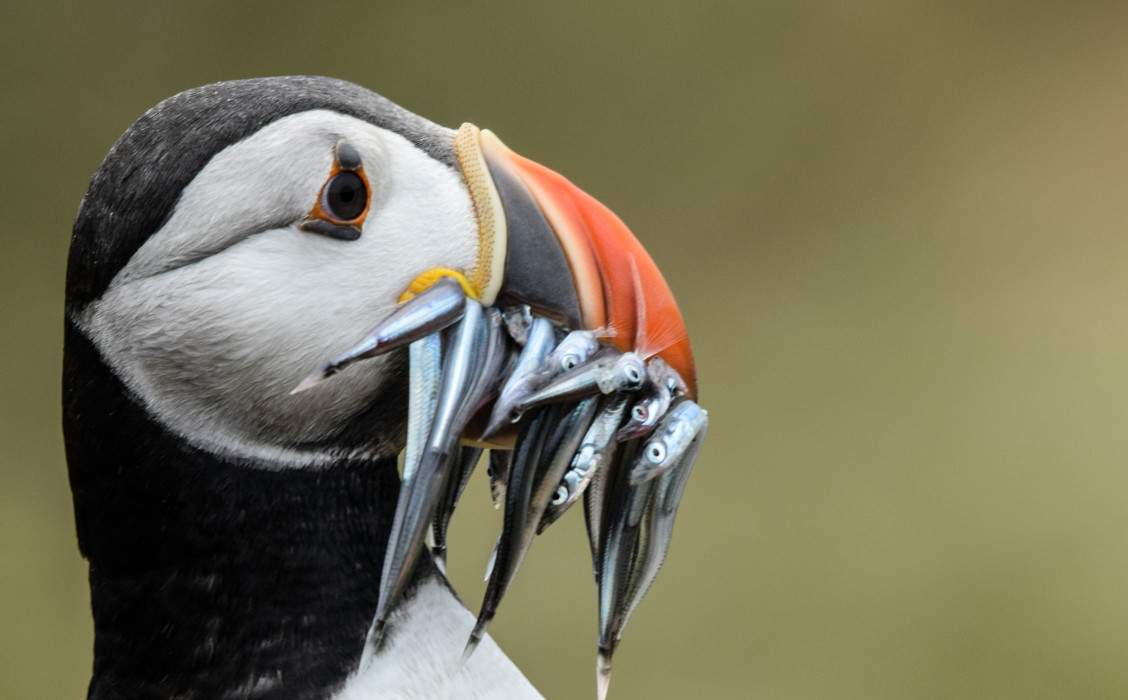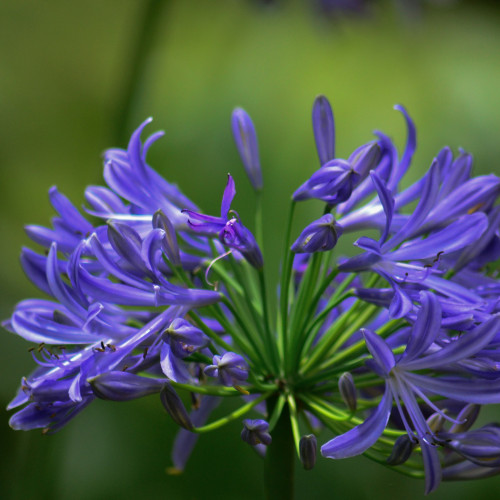The Enchanting Wildlife of the Isles of Scilly
Nestled 28 miles off the southwestern coast of Cornwall, England, the Isles of Scilly form a breathtaking archipelago of over 140 islands and rocky outcrops, though only five are inhabited. This remote cluster, bathed by the warming currents of the Gulf Stream, enjoys a mild climate and a pristine environment that have fostered an exceptional array of wildlife. From vibrant seabird colonies and playful marine mammals to rare plants and migrant visitors, the Isles of Scilly are a treasure trove for nature lovers and a testament to the resilience of life in an isolated setting.
Seabirds: The Sky’s Symphony
The Isles of Scilly are renowned for their seabird populations, which thrive in the absence of mainland predators and human disturbance. Among the stars are the Atlantic puffins, affectionately dubbed “sea parrots” for their bright, multicoloured beaks and comical waddling gait. These charming birds arrive in spring to breed, digging burrows or occupying rabbit warrens on uninhabited islands like Annet, which serves as a critical sanctuary. Visitors in summer can spot them ferrying sand eels to their chicks, a delightful sight against the rugged coastal backdrop.
Equally captivating are the Manx shearwaters, graceful seabirds that glide effortlessly over the waves. Numbering in the tens of thousands, they return to Scilly each year to nest, primarily on the islands of St. Agnes and Gugh. Their eerie, cackling calls fill the night air as they navigate back to their burrows under darkness, a strategy to evade gulls and other threats. Another jewel of the archipelago is the European storm petrel, one of Britain’s smallest seabirds. These tiny, bat-like creatures flit over the water’s surface, feeding on plankton, and nest in crevices along the rocky shores. Their elusive nature makes a sighting a prized moment for birdwatchers.
Marine Marvels: Life Beneath the Waves
The surrounding Atlantic waters are as alive as the islands themselves, teeming with marine species that add to Scilly’s wild allure. Grey seals are perhaps the most iconic residents, with colonies scattered across the rocky islets. Their soulful eyes and whiskered faces peer from the water or bask lazily on sun-warmed rocks, often delighting visitors on boat trips. Playful and curious, they frequently approach kayakers or swimmers, offering a rare chance to connect with wild marine life.
Beyond seals, the waters host pods of common and bottlenose dolphins, whose acrobatic leaps thrill onlookers. Basking sharks, gentle giants that filter-feed on plankton, occasionally drift through in summer, their dorsal fins cutting silently through the sea. The underwater world is equally rich, with kelp forests and seagrass meadows providing habitats for everything from colourful wrasse and crabs to delicate sea anemones. The clarity of Scilly’s waters—some of the cleanest in the UK — makes snorkeling or diving an unforgettable way to explore this submerged wonderland.
Terrestrial Treasures: Flora and Fauna Ashore
On land, the Isles of Scilly offer a fascinating blend of native and exotic life, thanks to their unique microclimate. The subtropical Abbey Garden on Tresco is a highlight, where towering palms and vibrant succulents from South Africa and New Zealand flourish alongside native wildflowers. Thrift, with its pink pom-pom blooms, carpets coastal cliffs, while sea campion and the rare Scilly whitebeam add to the botanical diversity. These plants create a patchwork of habitats that support a variety of insects, including butterflies like the painted lady and the scarce Scillonian dwarf form of the heath fritillary.
The islands’ isolation also makes them a magnet for migrant birds, particularly during spring and autumn. Warblers, flycatchers, and even the occasional hoopoe or red-backed shrike—rarities in the UK—pause here on their journeys, drawing birdwatchers from across the globe. Resident species, such as the Scilly shrew, a tiny mammal found nowhere else, further underscore the islands’ ecological uniqueness. This diminutive creature, a subspecies of the lesser white-toothed shrew, scampers through the undergrowth, feeding on insects and small invertebrates.

Photo by Melissa Keizer on Unsplash
A Fragile Paradise Preserved
The Isles of Scilly owe much of their wildlife richness to their remoteness and the stewardship of conservation efforts. Uninhabited islands like Samson and St. Helen’s are designated as Sites of Special Scientific Interest (SSSI), protecting delicate ecosystems from development. Volunteers and organisations work tirelessly to manage invasive species and monitor populations, ensuring that puffins, seals, and rare plants continue to thrive.
This archipelago offers more than just a scenic escape—it’s a living showcase of nature’s adaptability and beauty. Whether it’s the haunting chorus of shearwaters at dusk, the sight of a seal pup learning to swim, or the delicate dance of a butterfly over a blooming heath, the wildlife of the Isles of Scilly captivates the senses. For those willing to venture off the beaten path, this remote paradise reveals a world where the wild still reigns supreme, a fragile yet enduring sanctuary in the vastness of the Atlantic.



